For orthopedic practices, the pressure is on to improve outcomes, reduce unnecessary costs, and deliver a better patient experience. But doing all that while managing high patient volumes and administrative overhead? That’s where AI comes in.
This article explores how AI can help orthopedic practices meet VBC targets without overwhelming their staff—and how to choose a platform that actually delivers on that promise.
What Value-Based Care Means for Orthopedics
In orthopedics, VBC often ties reimbursement to patient outcomes, efficiency, and patient satisfaction metrics. This is especially important for common procedures like joint replacements, spinal fusions, and fracture repairs—where complications, readmissions, and follow-up care can impact both patient wellbeing and revenue.
To thrive in this model, orthopedic groups must:
- Track and document quality metrics
- Reduce unnecessary imaging or procedures
- Ensure timely follow-up and rehab
- Maintain patient satisfaction
- Streamline administrative workflows
AI doesn’t replace clinicians—it enhances their ability to meet these goals, by automating the repetitive tasks that bog teams down.
Key Ways AI Supports Value-Based Orthopedic Care
1. Pre-Visit Data Capture & Eligibility Verification
Before patients even arrive, AI can:
- Check and verify eligibility and benefits
- Collect intake data and sync it with the EHR
- Flag high-risk patients based on history or comorbidities
This helps front office staff reduce phone calls, eligibility errors, and bottlenecks—so care starts sooner and smoother.
2. AI-Powered Chart Prep
Orthopedic visits require clinicians to quickly assess prior imaging, history, and relevant surgeries. Chart prep agents can:
- Extract relevant data from the EHR
- Pre-populate documentation templates
- Summarize key patient insights
By automating prep, AI ensures consistent documentation quality—and gives providers back valuable time for patient care.
3. Post-Visit Documentation
AI documentation agents can help close the loop quickly:
- Generate visit summaries based on notes and dictation
- Route them for signature or send to PCPs
- Ensure coding and quality metrics are captured
This not only improves documentation turnaround but supports accurate coding tied to VBC incentives.
4. Prior Auth & Refill Management
Orthopedic care often involves durable medical equipment (DME), specialty drugs, and imaging—all of which require prior authorization. AI can:
- Auto-fill prior auth forms
- Track status updates
- Route approvals to the care team
This reduces delays that impact outcomes, rehab scheduling, or patient satisfaction.
5. Follow-Up Care Automation
AI agents can support:
- Follow-up appointment reminders
- PROM (Patient-Reported Outcome Measures) collection
- Post-op survey completion
- Care coordination with physical therapy
This ensures consistent engagement and allows practices to capture VBC-related outcome metrics with minimal staff effort.
Metrics That Matter: AI’s Impact on VBC KPIs
Orthopedic practices using AI platforms like Honey Health have reported measurable improvements on key VBC-related metrics:
KPITraditional WorkflowWith AI SupportPre-visit eligibility errors~12%<3%Time to chart readiness30+ min per visit<5 minPrior auth turnaround time3-5 days<1 dayNo-show rate~14%<7%Post-op documentation delays2-3 daysSame day
These gains lead to better outcomes, faster reimbursements, and stronger performance on bundled payment and VBC contracts.
What to Look For in an AI Platform for VBC Support
Not all AI tools are created equal. To support VBC in orthopedics, prioritize platforms that offer:
- Task execution (not just suggestions)
- Role-based agents (e.g., chart prep agent, refill agent, prior auth agent)
- EHR-native integration (no toggling or duplicate work)
- Clinical context awareness (trained on orthopedic workflows and documentation)
- Outcome tracking support (PROMs, readmissions, quality flags)
Honey Health: Built for Value-Based Orthopedic Care
Honey Health’s AI platform was designed with the realities of orthopedic clinics in mind. Our agents support everything from intake and eligibility to chart prep, fax triage, refill routing, and follow-up tracking.
We partner with orthopedic groups to:
- Build workflows that support VBC contracts
- Automate the administrative tasks that slow down teams
- Capture quality metrics seamlessly
Our customers report 2–5x productivity gains, better patient engagement, and smoother coordination across surgical and outpatient care settings.
Conclusion: AI as a Strategic Lever for Value-Based Success
AI isn’t just a tool—it’s a strategic lever that helps orthopedic clinics meet evolving value-based care demands. The key is choosing a platform that aligns with your workflows, supports your team, and evolves with your goals.
With the right partner, AI can help you scale impact—not headcount—and meet the future of orthopedic care with confidence.

